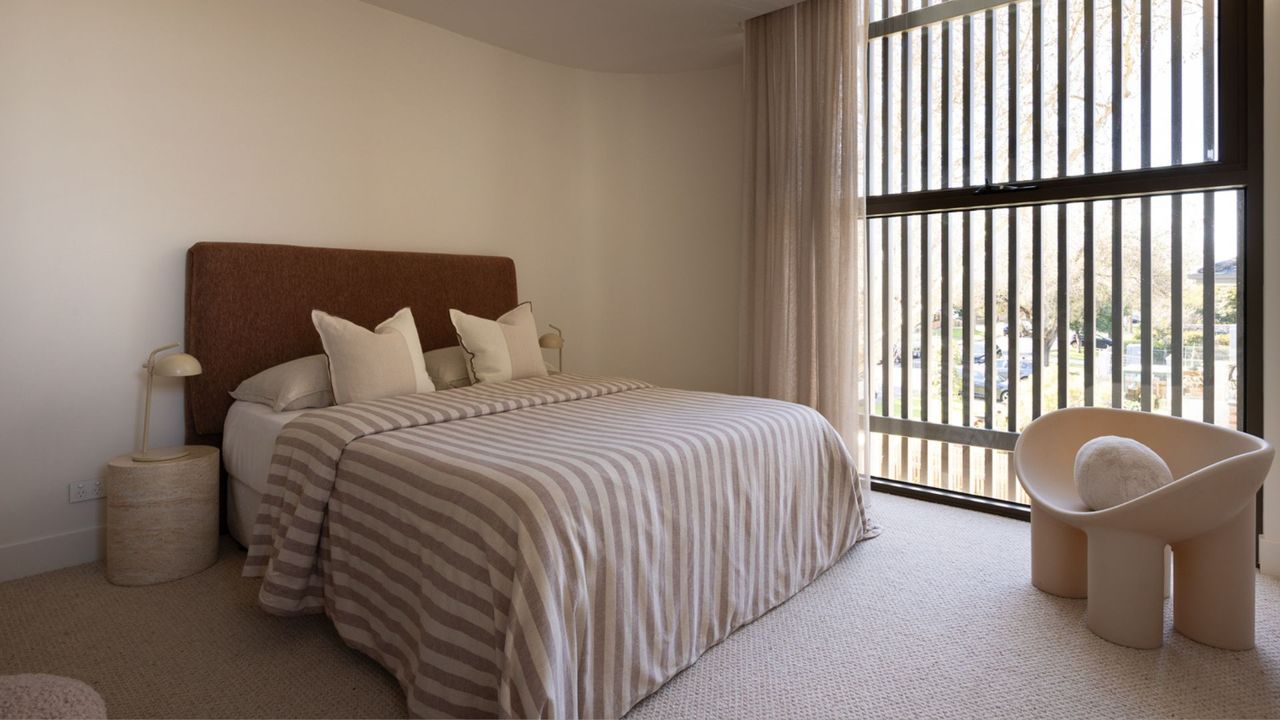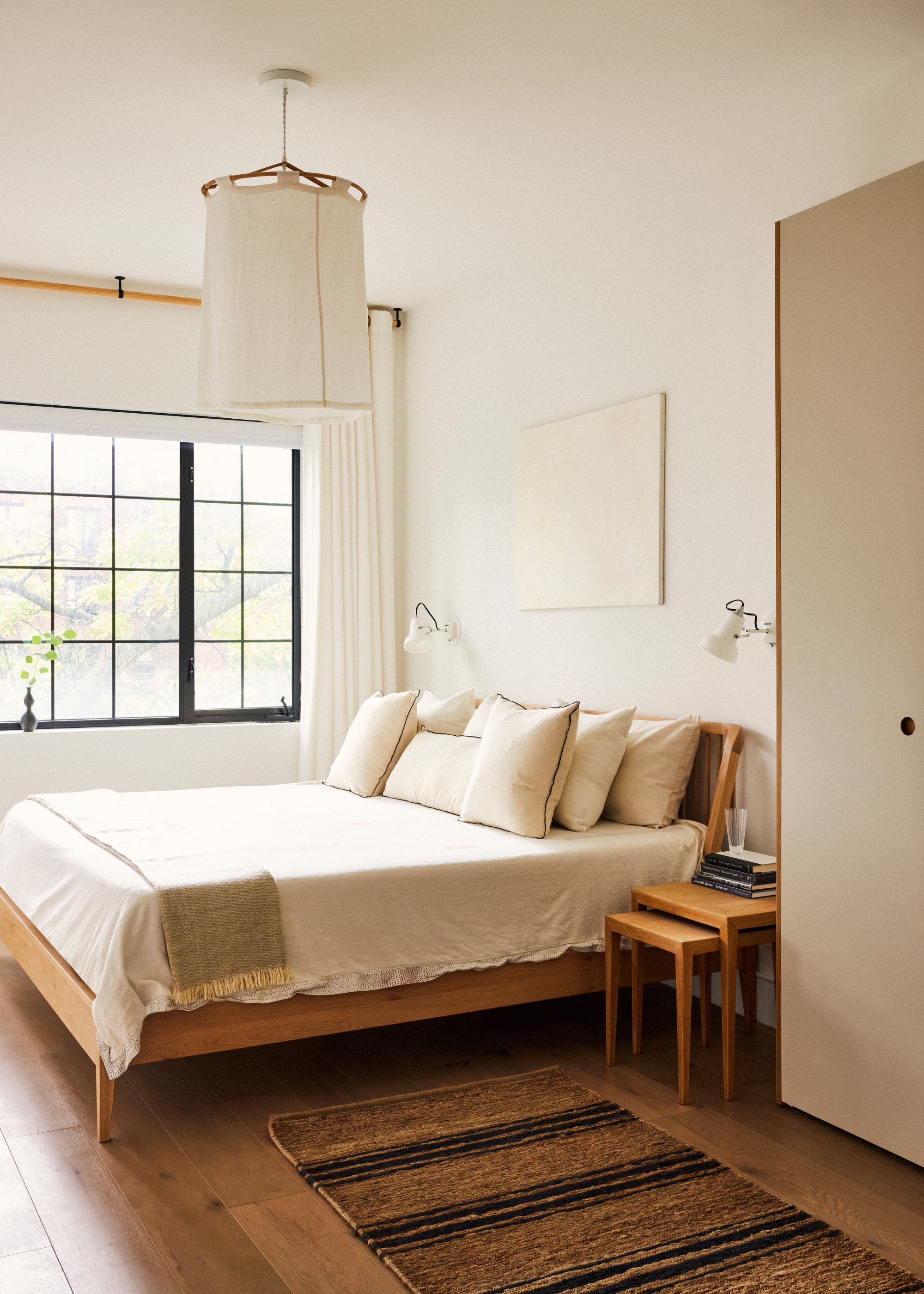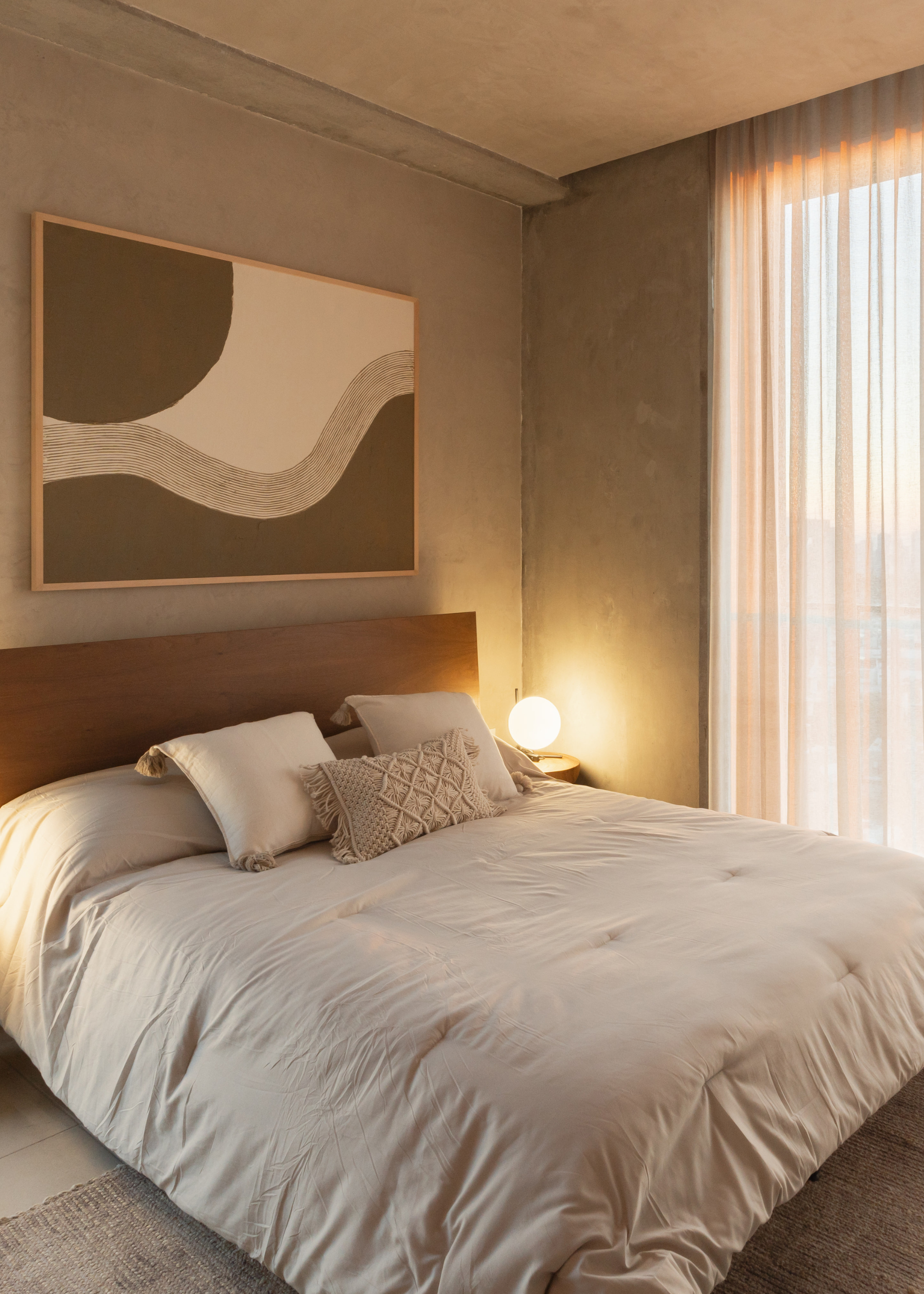
I never knew it was even possible for people to fall asleep in under 120 seconds, let alone 60, and 10! As someone who has struggled with drifting off in the past, I have gotten so much better at snoozing soon after my head hits the pillow. But I'm not quite at 10 seconds just yet.
However, after speaking to a couple of certified sleep science coaches, I have come to learn that this isn't such a far-fetched goal. All it takes is motivation to learn how to sleep better, and a couple of tricks to ease you into rest mode.
If you're looking to hone a wellness skill, then you've come to the right place. Here are three tips to help you fall asleep in 10, 60, and 120 seconds.
How to Fall Asleep in 10 Seconds

When it comes to falling asleep in 10 seconds, sleep science coach Sosha Lewis tells me that it's rare but not impossible. And the trick to it lies in the military-style relaxation technique.
"The idea is to release tension in your face, shoulders, arms, and legs while focusing on slow breathing," she says. "Then picture a calming scene, like lying in a canoe on still water."
With practice, she explains that this military method can train your body to shut down quickly. However, it usually takes time to master. And you'll need to be following proper sleep hygiene before you even begin to tackle this technique.
How to Fall Asleep in 60 Seconds

There are plenty of things to aid sleep, but sometimes all you need is some good old-fashioned controlled breathwork to lull you into a state of slumber. And if you're interested in learning how to fall asleep in 60 seconds, Riley Otis, sleep science coach at Mattress Clarity, tells me that the box breathing method is a simple trick to aid your goal.
"Start by inhaling for four seconds, hold it for four seconds, exhale for four seconds, and hold it again for four seconds, repeating this cycle several times," she advises.
"By practicing this breathwork, you will signal your body to slow your heart rate and keep your nervous system relaxed, making it much easier to drift off quickly."
How to Fall Asleep in 120 Seconds

You don't need to fall asleep in under a minute. So if you're open to taking a little longer to help your body wind down into a sleepy state, then Sosha suggests a progressive muscle relaxation technique.
"Start by tensing and releasing each of your muscles from head to toe, while keeping your breathing steady," she advises. "By the time you’ve worked through your whole body, you’ve let go of physical stress and set up the right conditions for sleep."
Pair this technique with sheets from the best bedding brands, top sleep masks, and a hot shower before bed for a formula that will wipe away your stress, help you unwind, and slip into a cozy dreamland.
Color: Caramel
I swear by Silk Addict's unbelievably smooth 100% Mulberry Sleep Mask for a soothing sleep accessory that blocks out any distractions.
Color: Apricot / Soft Blue
A comfortable (and good looking) duvet cover creates a warm foundation for restful sleep and this Ines Flannel Stripe Cotton Duvet Cover has my heart.
Color: Green
Crafted by fashion designer Joe Mimran, this GRY MATTR Tinted Glass Carafe and Cup is a stylish bedside companion to quench your midnight thirst.
FAQs
How Long Does It Typically Take to Fall Asleep?
According to Riley, most adults fall asleep within 10 to 20 minutes under normal conditions. "Taking significantly longer may indicate stress, caffeine, or inconsistent sleep habits, while falling asleep almost instantly could signal sleep deprivation," she says. "Consistently practicing relaxation and sleep hygiene can help maintain a healthy sleep onset time."
The truth is that getting a good night of rest doesn't begin just a minute or two before you shut your eyes. Believe it or not, it starts as soon as you wake up. Which is why, you need to know about the 10-3-2-1-0 rule for healthy sleep.







